The expert guide to growing violets, by the fifth-generation nursery owner who's devoted a lifetime to them
Groves Nursery in Bridport, Dorset, has been breeding violets since 1866 and, today, holds a National Collection, as well as offering more than 200 varieties for sale. Tilly Ware paid a visit and picked up expert advice from the latest member of the family to run the nursery, Clive Groves.
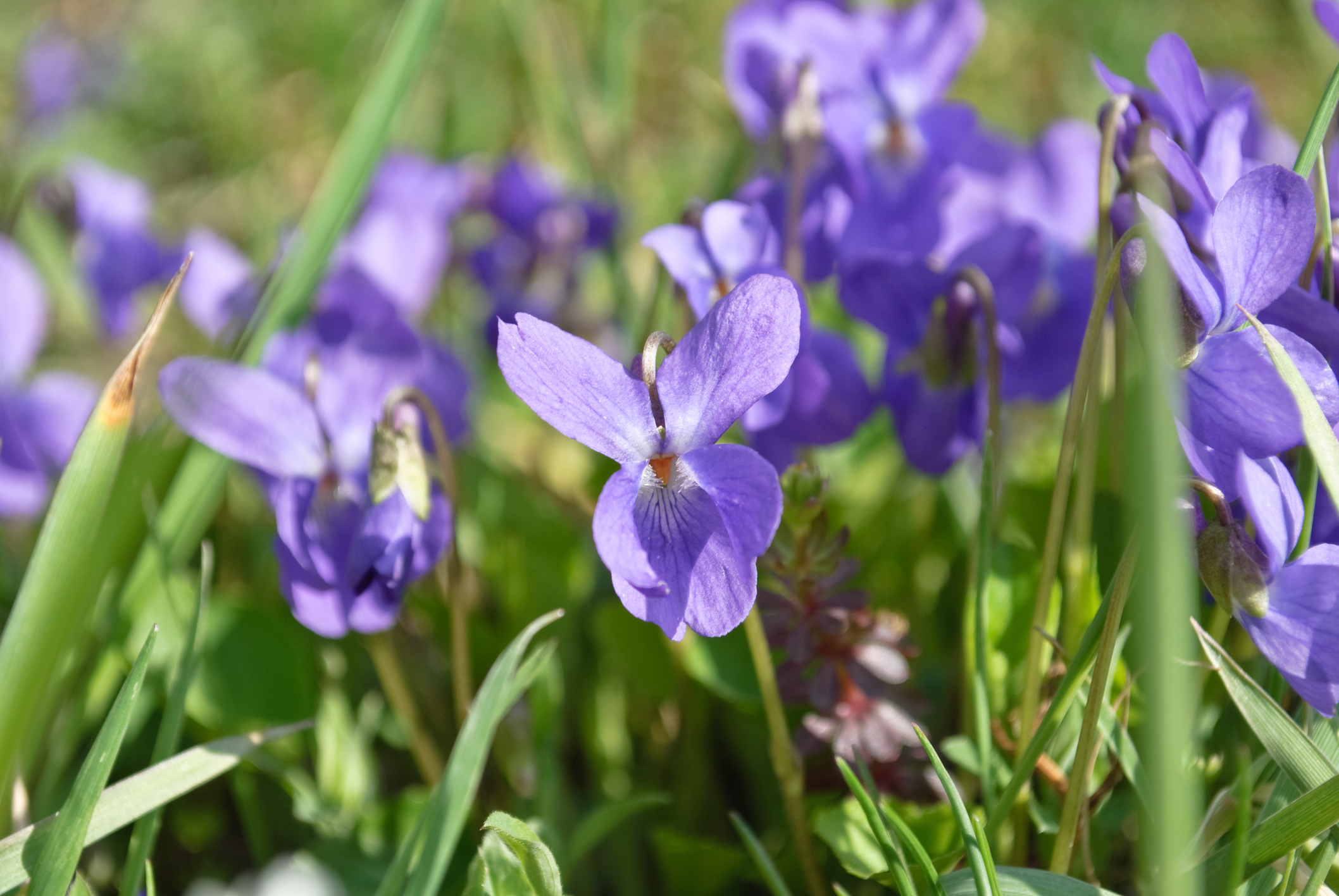
Although the genus Viola includes more than 500 species of annuals, perennials and sub-shrubs found in temperate areas across the world, it is the sweet violet, V. odorata, that is most suited to our mild British conditions.
A highly promiscuous plant, the sweet violet is perfect for breeding programmes. Cultivars of Viola odorata are hardy perennials with heart-shaped, mid-green leaves forming a rosette at the base. Native plants have white or purple flowers erupting on long stalks from late winter to early spring; decades of hybridising have expanded the colour range to include greys, pinks, yellows and icy blues. Parma violets are a half-hardy variety of unknown provenance, thought to originate in Italy from V. alba or the Mediterranean V. alba subsp dehnhardtii, specifically grown for their deep perfume, long stems and large double flowers.
The Ancient Greeks grew violets in special nurseries and made them the symbol of Athens; their demure character represented loyalty, modesty and faith. By the mid 1800s, a market-garden industry across Europe fed the voracious demand for posies pinned to bodices or as a staple pot-flower in large country houses. Special trains sped overnight deliveries from West Country farms to London; escapees can still be found colonising the hedgerows of many former nurseries.
How to grow violets, by expert plantsman Clive Groves
Sweet violets grow best under deciduous trees and shrubs for summer shade and winter sun. ‘It is the winter sunlight that sets the bud,’ explains Mr Groves, ‘so they’ll flower much better.’
Do not plant too low, but keep the crown level with the soil. Violets will form an expanding mat, together with runners that need to be removed to stop them swamping the flowers underneath.
Plants can be cut back after flowering to keep them compact. Cuttings are taken in summer; Mr Groves also divides plants every three to four years to keep them vigorous and flowering well.
When planting in a container or pot, Mr Groves mixes peat-free compost with a handful of both grit and multipurpose John Innes. Red spider mite can attack plants kept under glass; damaged leaves can all be picked off and new growth will emerge.
Exquisite houses, the beauty of Nature, and how to get the most from your life, straight to your inbox.
Where to place violets
Violets suit a position in the front of a border, where runners might climb under taller herbaceous neighbours and benefit from their summer shade; their mat-forming, evergreen foliage makes excellent ground-cover underneath early-flowering, light-limbed shrubs, such as Osmanthus burkwoodii or Chimonanthus praecox.
Violets naturalise beautifully on a grassy bank studded with primroses or on a woodland edge with snowdrops, Cyclamen coum and Crocus tommasinianus.
A sweet-violet patch in the kitchen garden, underneath a fruit tree or in the herb bed, will provide leaves for flavouring gin and flowers to be crystallised for cakes. The Romans used to fry them with slices of lemon and orange. Parma violets are historical treasures to be permanently kept in pots and brought in to scent a bedroom. They will overwinter in a cool greenhouse and then spend summer outdoors in a shady spot.
Pick of the bunch
Viola ‘Reine des Neiges’
One of the longest-flowering violets, blooming profusely from February to April. The flowers appear pure white, but are subtly tinged with a cool blue and have a strong scent
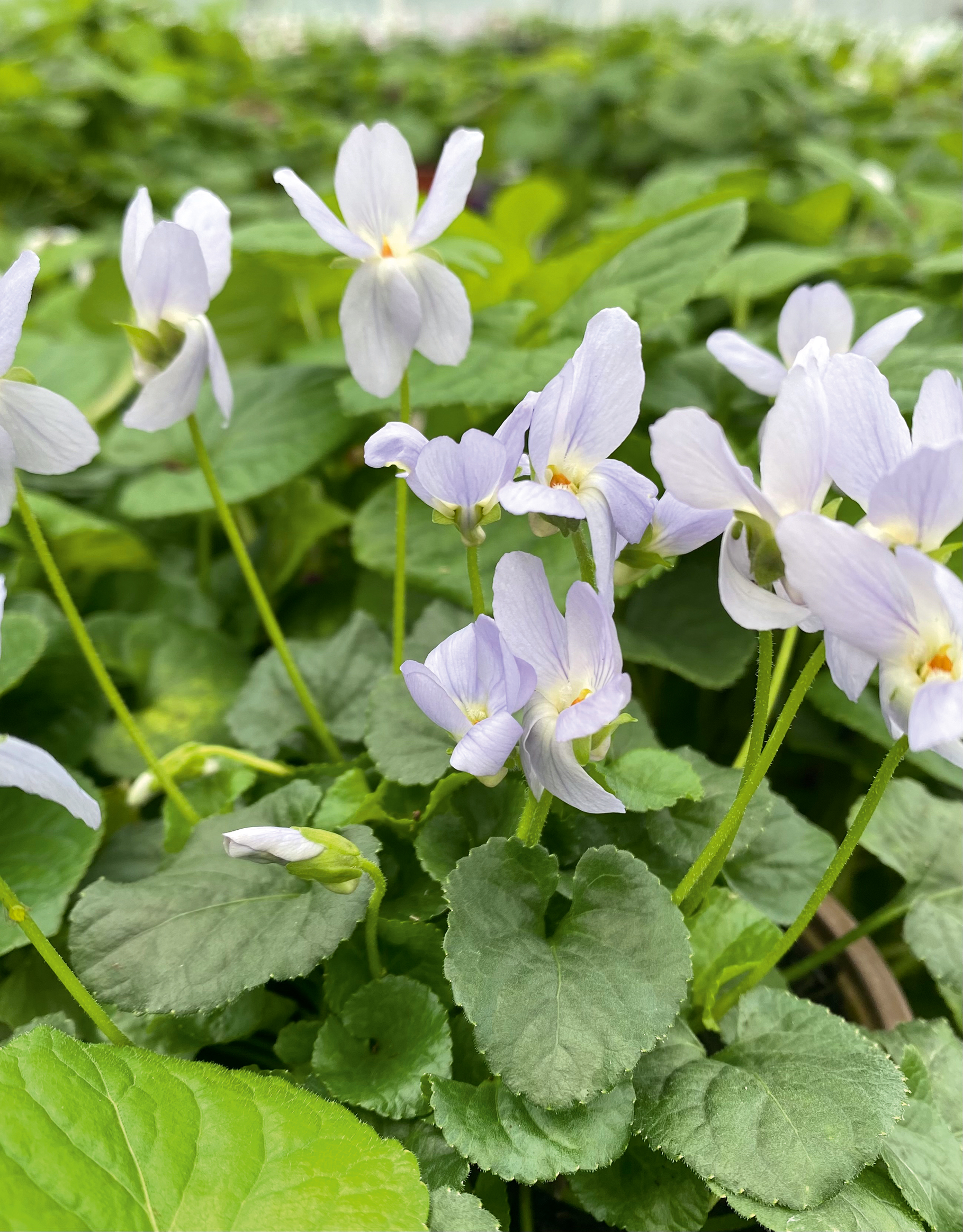
Viola ‘Lady Hume Campbell’
The most classic, old-fashioned Parma variety transports you to a Victorian opera house. It has a classic sweet-shop scent, more sugary than a sweet violet, and frilly double blooms in soft mauve
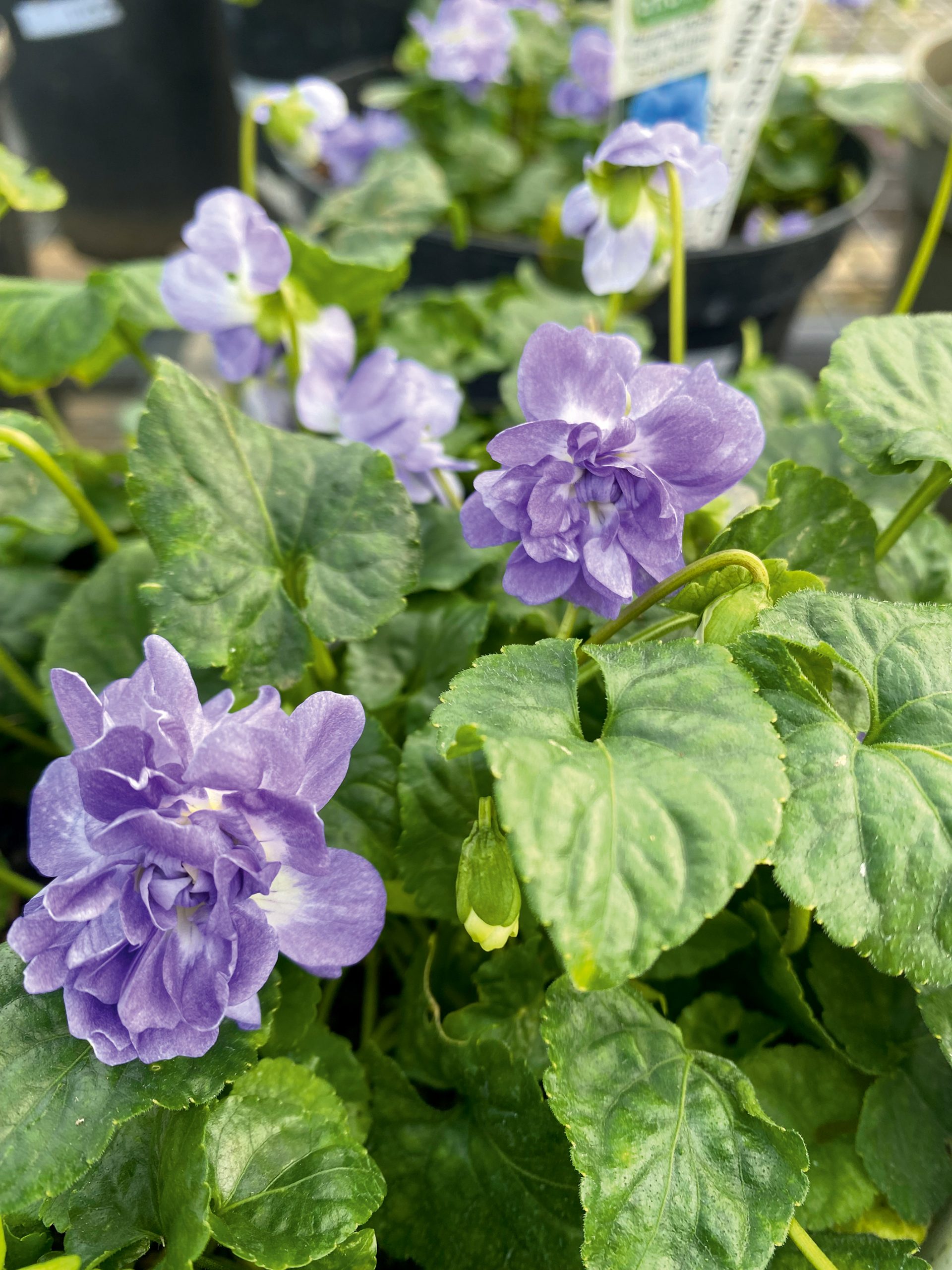
Viola ‘Königin Charlotte’
The upward facing, bluish-purple flowers are very sweetly scented, and borne high above the foliage so they are easy to see. This is a cultivar of V. ‘Quatre Saisons’, bred in Germany in about 1900, and will flower freely from August to spring
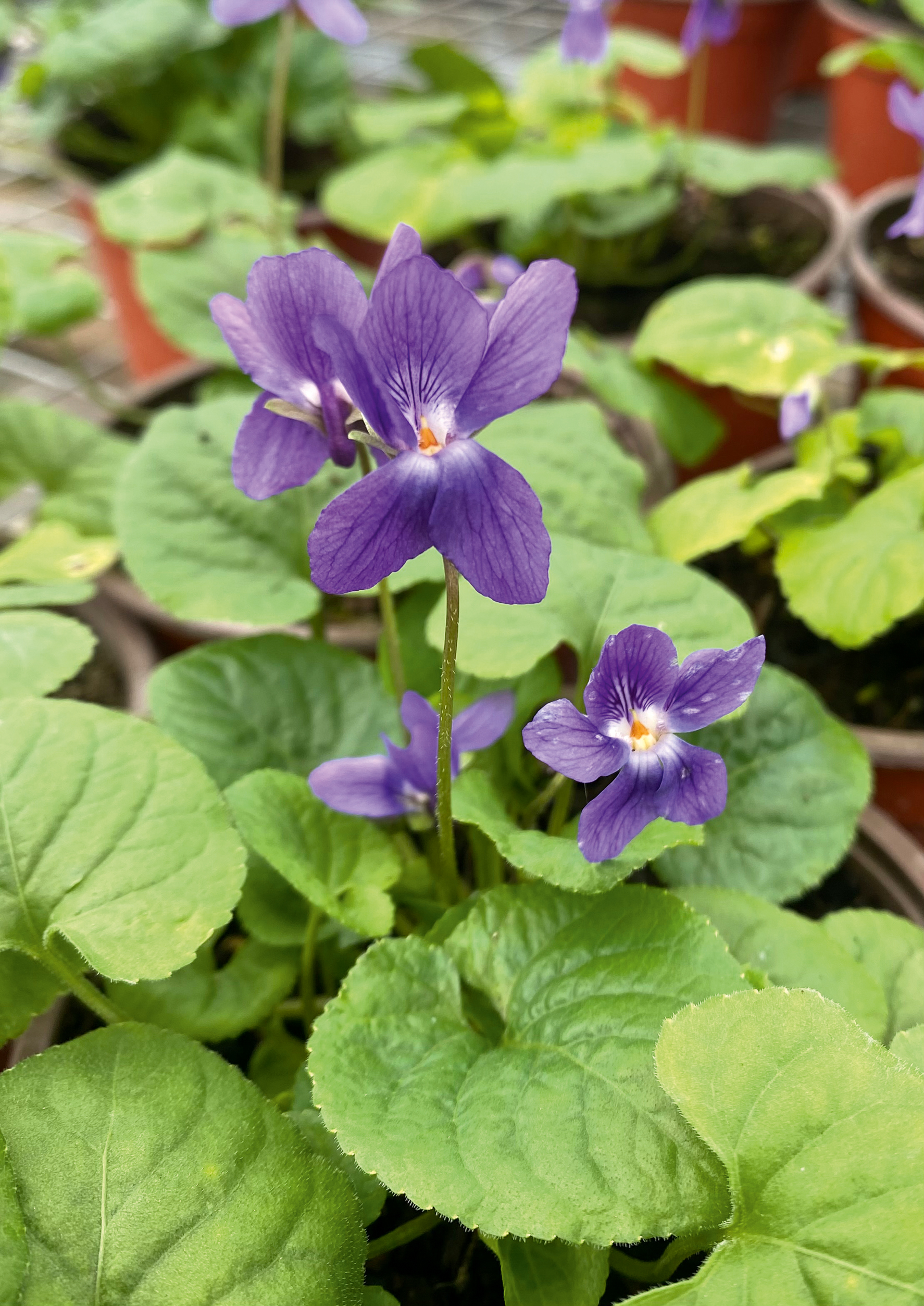
Viola ‘La Regent’
Bred by Natalie Casbas in France, who crossed a Parma violet, V. ‘Fee Jalucine’ and V. ‘Perle Rose’. Very scented, with darker, almost shiny foliage
Viola ‘Amelia Violet Groves Stork’
Mr Groves’s favourite variety, named after one of his granddaughters, with petals in a gorgeous shade of deep, cyclamen-like magenta. Particularly reliable and tough, this was the best survivor of a recent flood at the nursery, a testament to its garden-worthy status
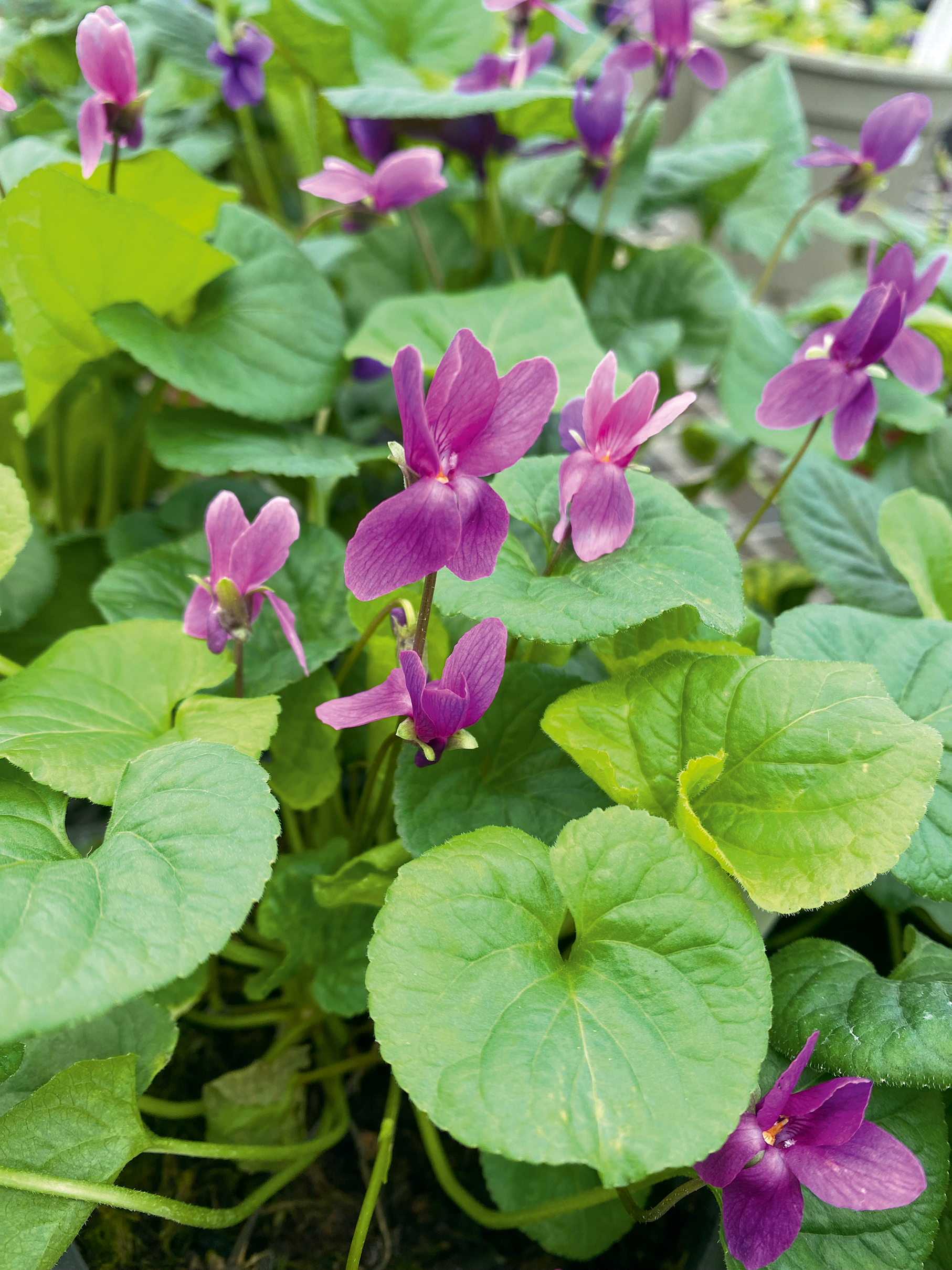
About Groves Nursery, Bridport
In early February, when most of us are peering at snowdrops, Clive Groves has eyes firmly on another prize. Resplendently attired in shades of purple, Mr Groves oversees the Festival of Violets at Groves Nursery in Bridport, Dorset, where his daughter, Becky, and son, Charlie, help to run the 5½-acre site. Mr Groves’s great-great-grandfather began the business in 1866; his father introduced a collection of violets in the 1960s, rescued from old flower farms that were shutting down. Groves Nursery now holds the National Collection of Viola odorata and Parma violets, with more than 200 varieties on offer, including those bred by Mr Groves and named after each member of his family.
Propagation is from cuttings taken each summer from the extensive stock plant library. To breed new violets, Mr Groves varnishes his thumbnail black, eases the pollen onto it and transfers it to whichever plant he’s interested in trialling. It is a three-year wait to a new plant, another year to see if it will remain stable. Desirable characteristics include ‘the flower standing up above the foliage, the amount of flower on each plant and a great colour’. A compact habit is useful, Mr Groves notices, because ‘they used to be grown for cut flowers, whereas now we look for border plants or greenhouse pots to bring in’. Devon types have velvety blooms for cutting, but they are not scented and will lose their leaves in winter.
The nursery team has nicknamed a bunch of their varieties ‘stargazers’ because ‘their flowers look up to the sky, not downward, so you can admire them’. Checking the stock for misfits is a daily chore as ‘ants take the seed down to their young in the nest, who eat the outside, and then dump the remaining seed all over the place. It’s a constant job picking out random crosses’. The shifting climate pattern presents another challenge, as violets need cold temperatures earlier in winter to stimulate the flower bud. It is also ‘harder to keep older varieties going as the wetter, milder winters give them leaf spot’. Despite the difficulties, Mr Groves was delighted to be woken recently at 2am by a call from an Australian colleague who had finally tracked down the rare, semi-double V. ‘Mrs David Lloyd George’. ‘People come to violets mainly for the smell,’ believes Mr Groves, ‘but also because they are a romantic thing to grow.’
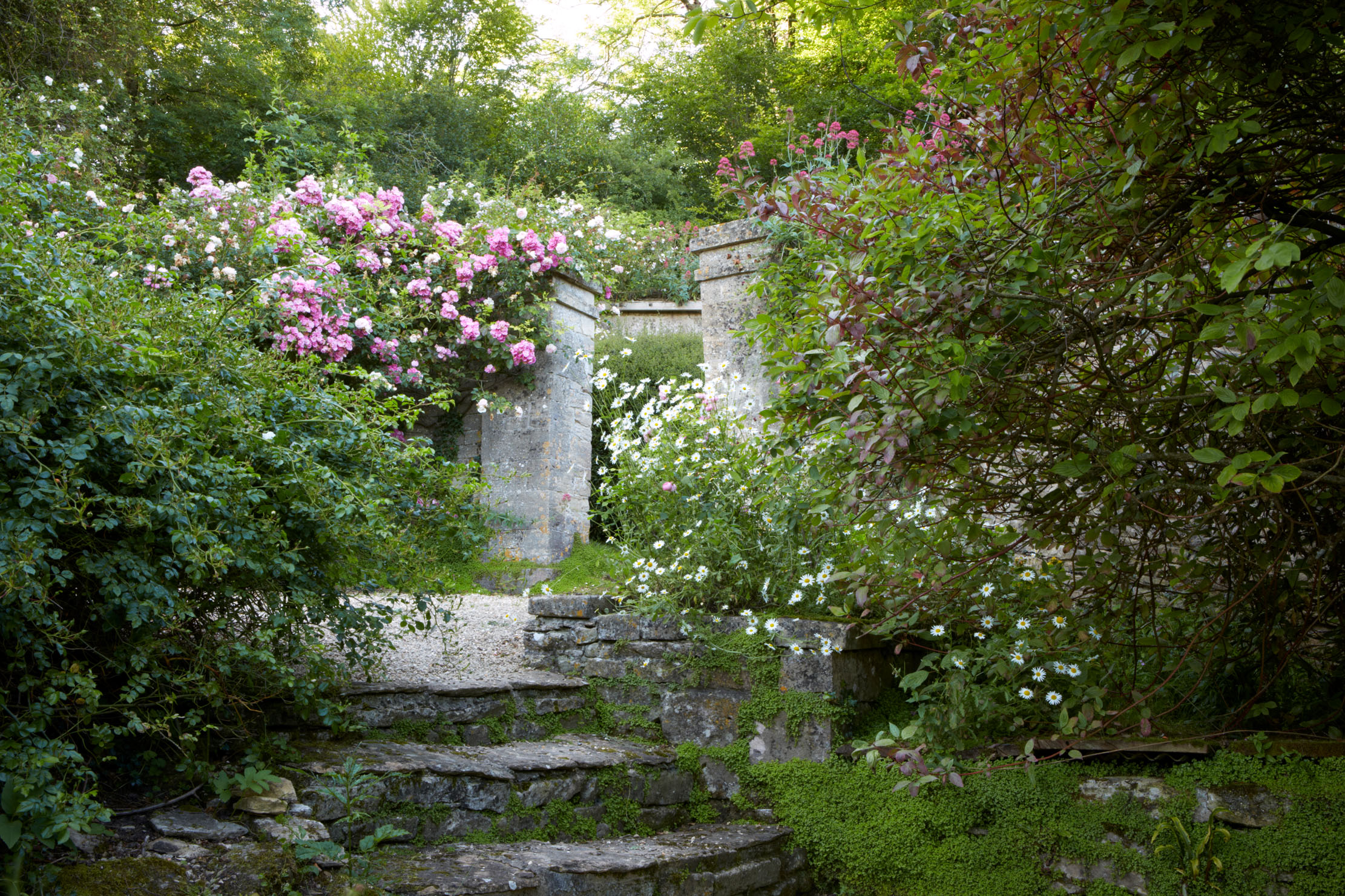
The national collection of rambling roses at Moor Wood, 'one of midsummer’s most beautiful and romantic gardens in England'
Charles Quest-Ritson visits the National Collection of rambling roses, which shows these most romantic of plants at their very finest.
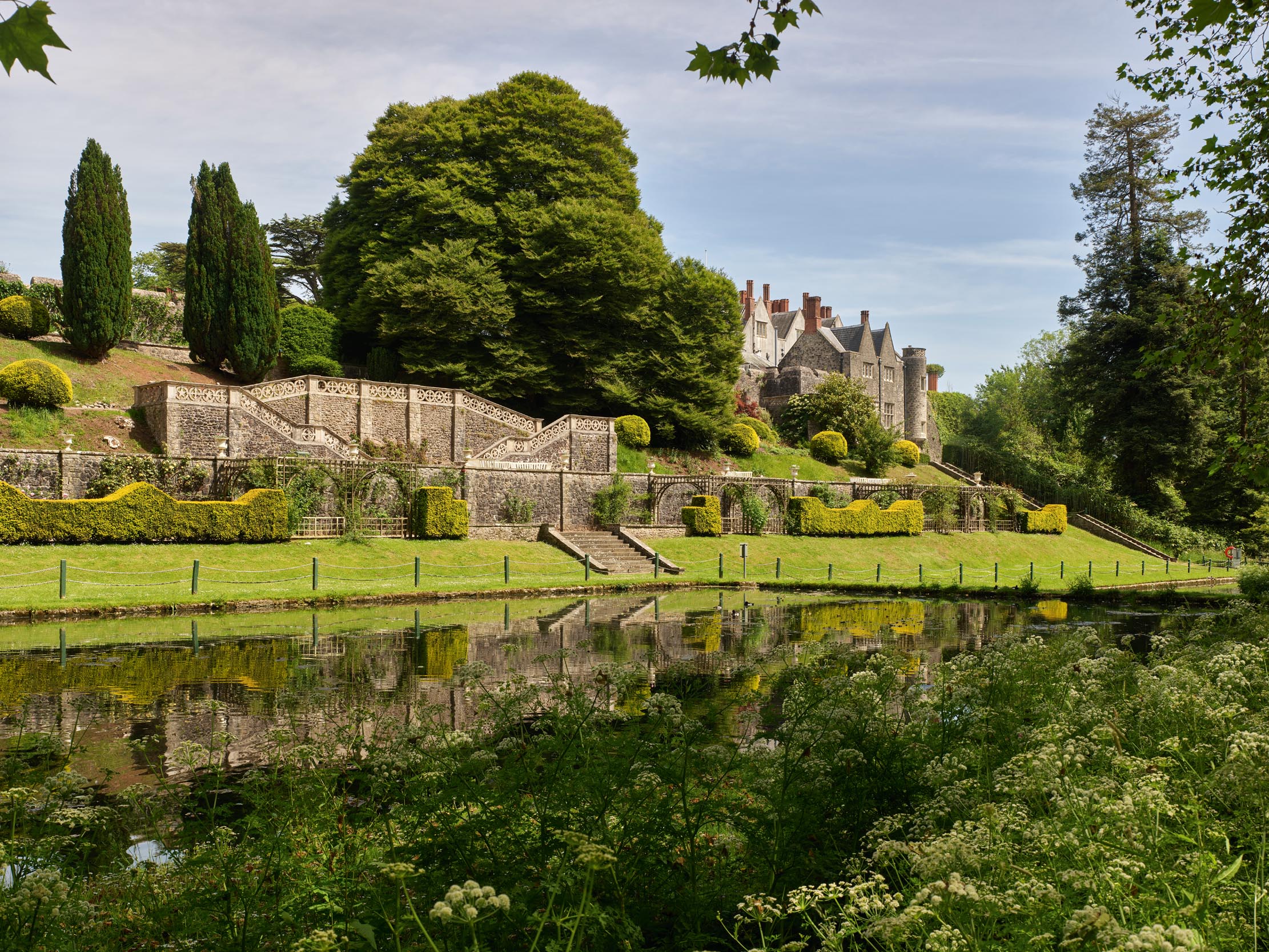
The astonishing Elizabethan house that lies at the heart of St Fagans National Museum of History, Cardiff
An impressive Elizabethan house is at the heart of the Welsh national collections of history and archaeology at St Fagans
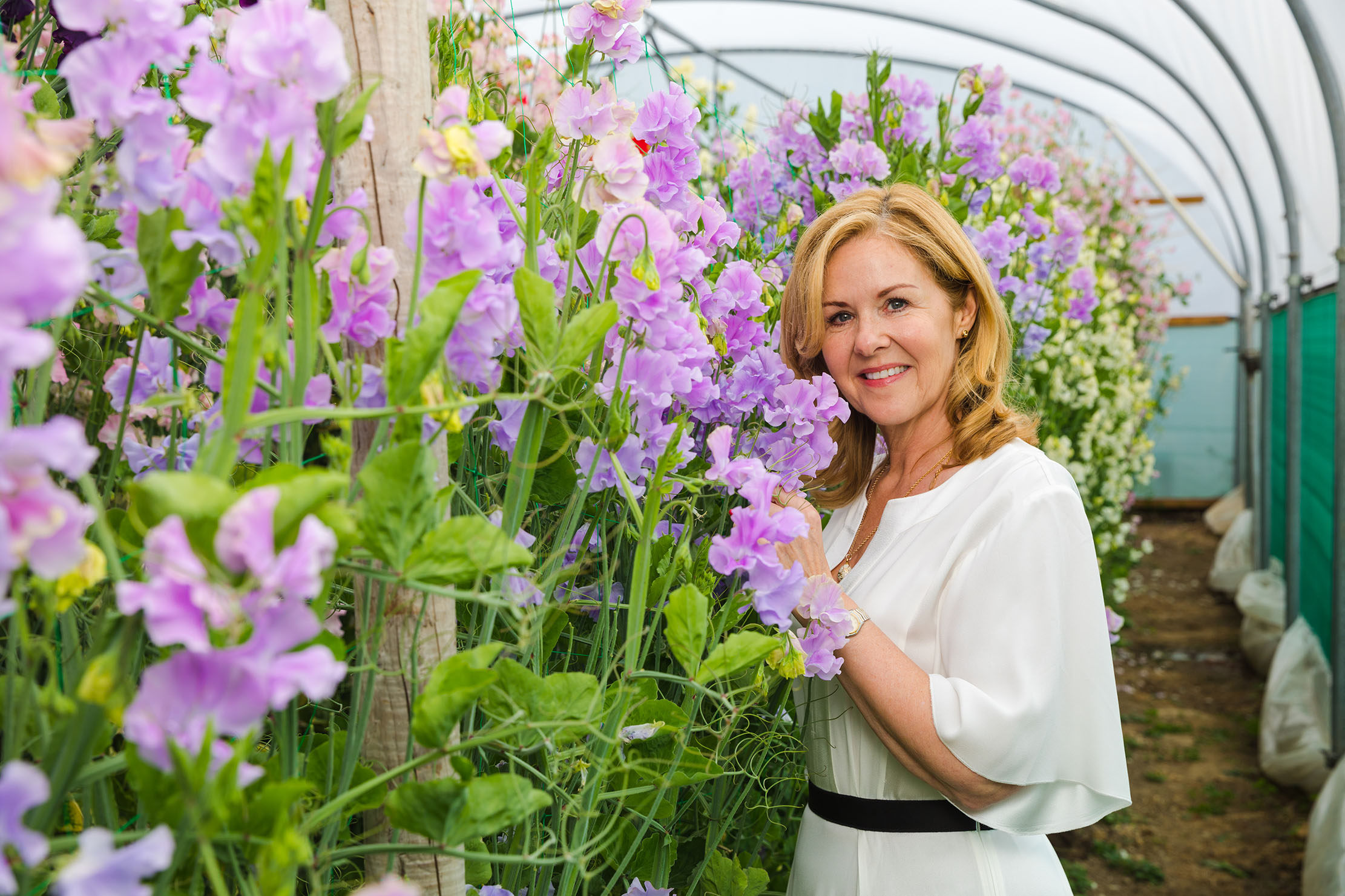
The tale of the Lady Penny sweet peas that were brought back from extinction thanks to a handful of saved seeds
When the seeds of her eponymous sweet pea were lost, Lady Penny Mountbatten turned to Roger Parsons, holder of the
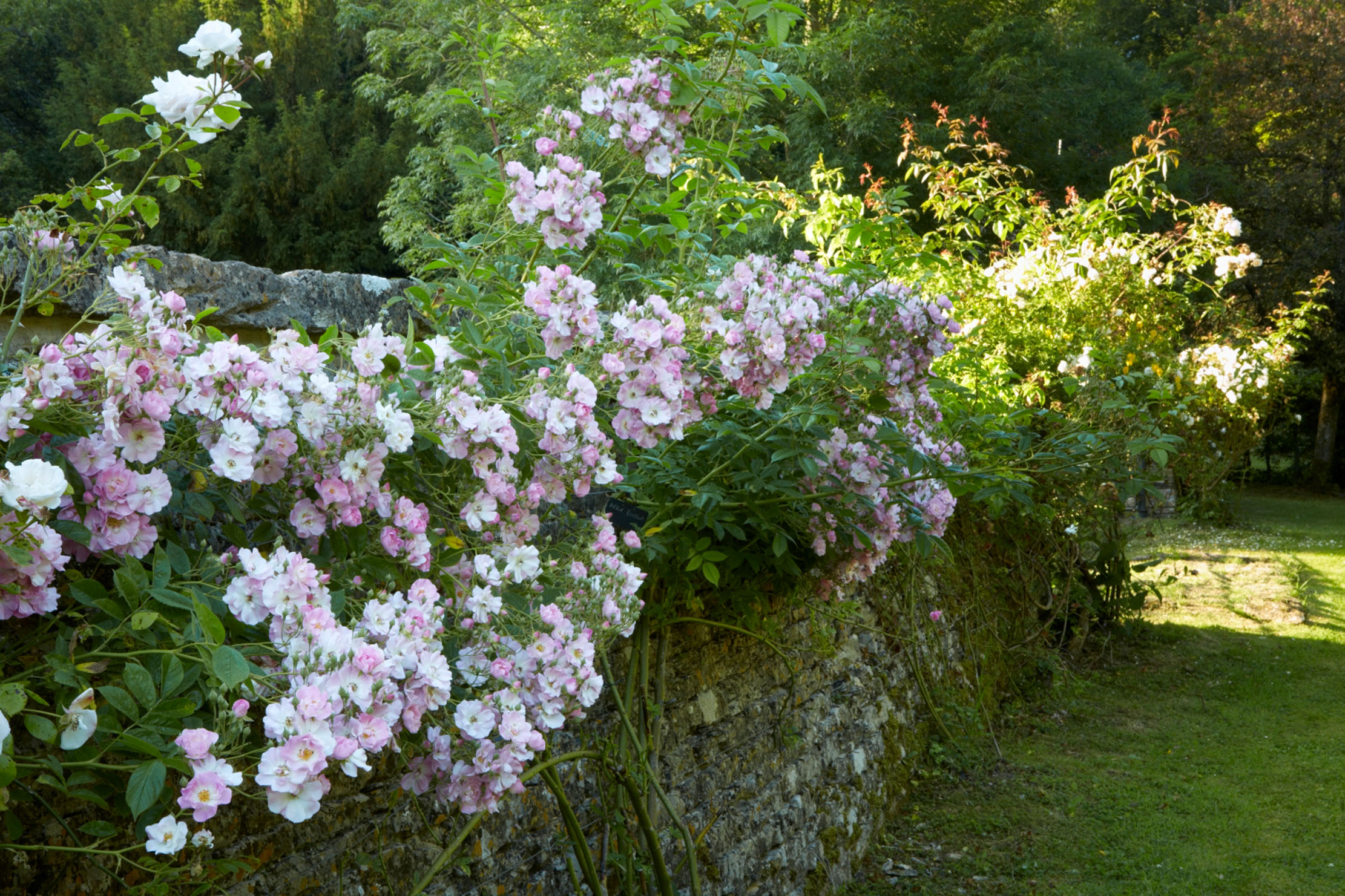
How the 'greatest gardener ever' helped make British roses as we know them today
Charles Quest-Ritson, author of The RHS Encyclopedia of Roses, on Graham Stuart Thomas, how he nurtured British roses, and why
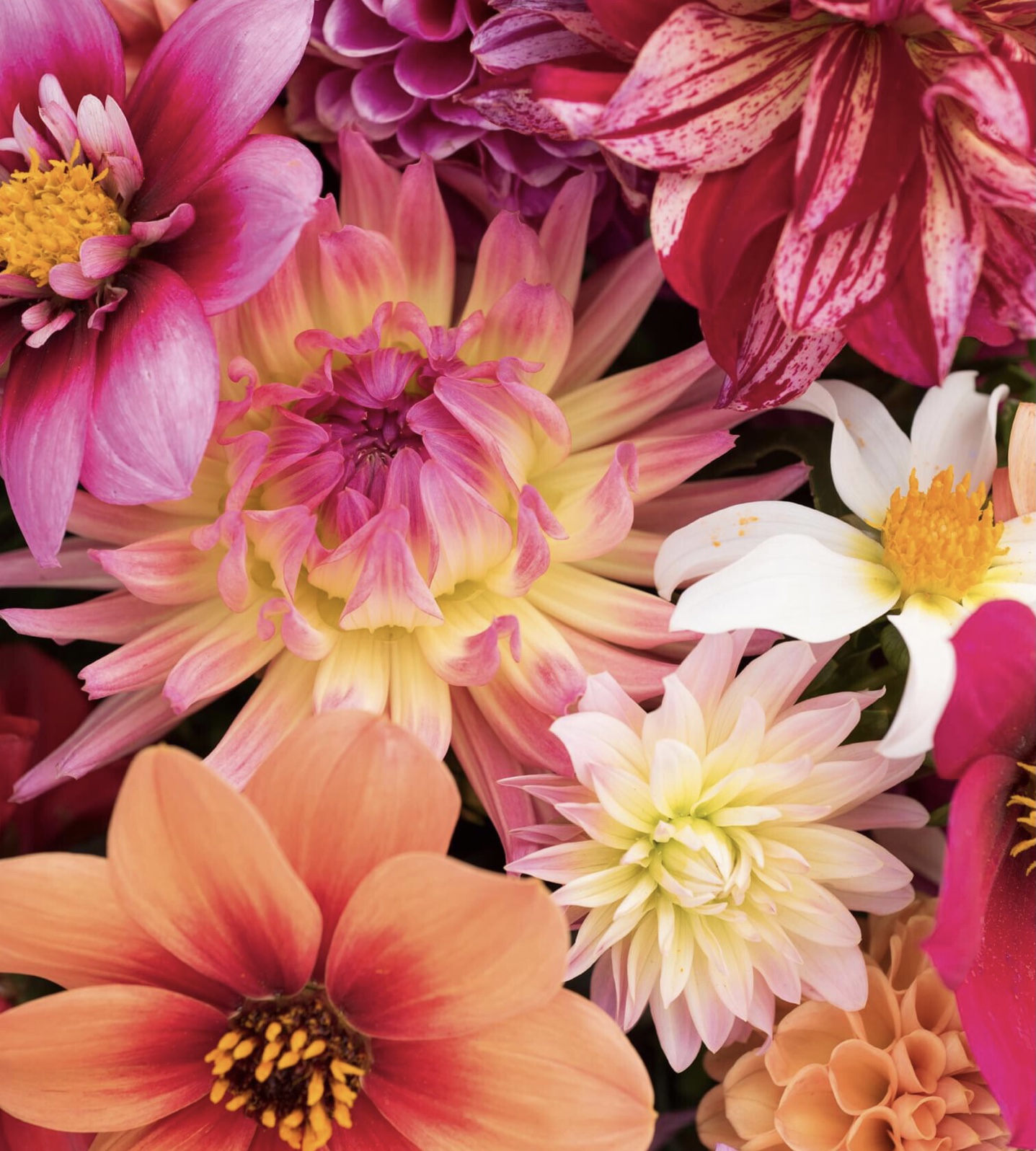
Floral fireworks: The treasures you’ll find at the National Dahlia Collection
The National Dahlia Collection in Cornwallwas scheduled to be grubbed up in 2020, but was saved in the nick of
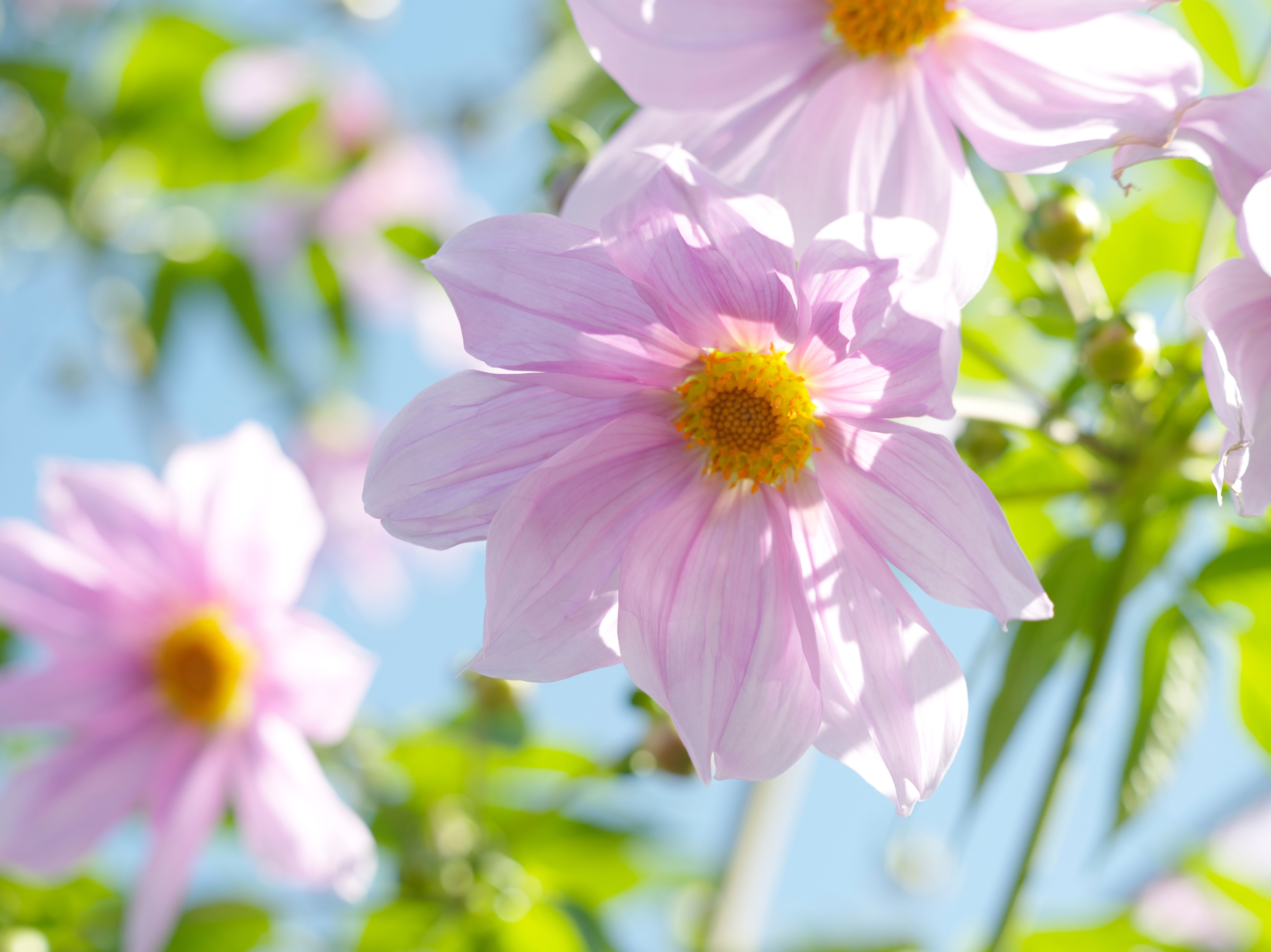
11 glorious dahlias to plant in your garden, as chosen by the experts at the National Dahlia Collection
The experts at the National Dahlia Collections told Kirsty Fergusson the best varieties they’d suggest for the typical country garden
Tilly Ware is a gardener and gardening writer.